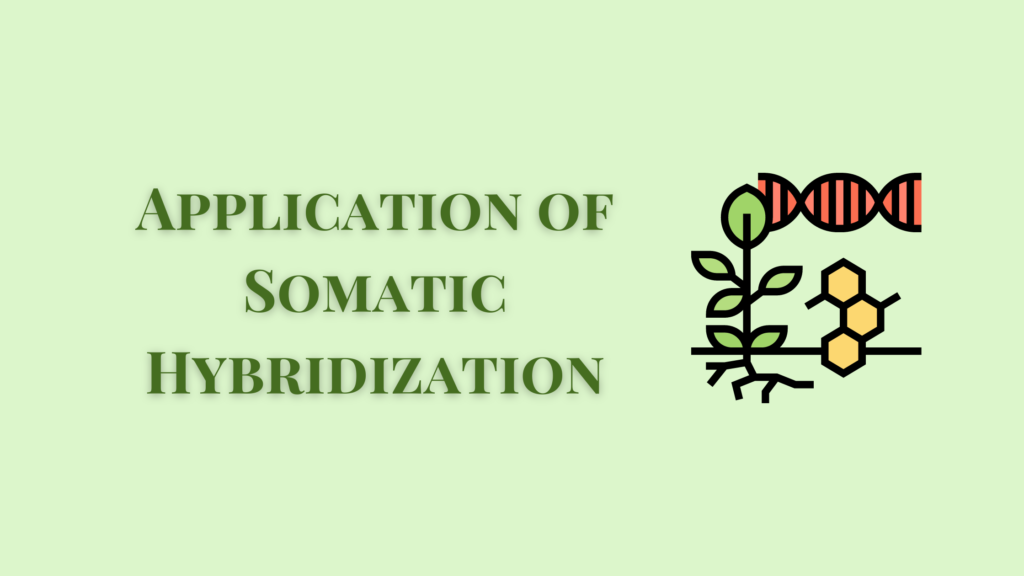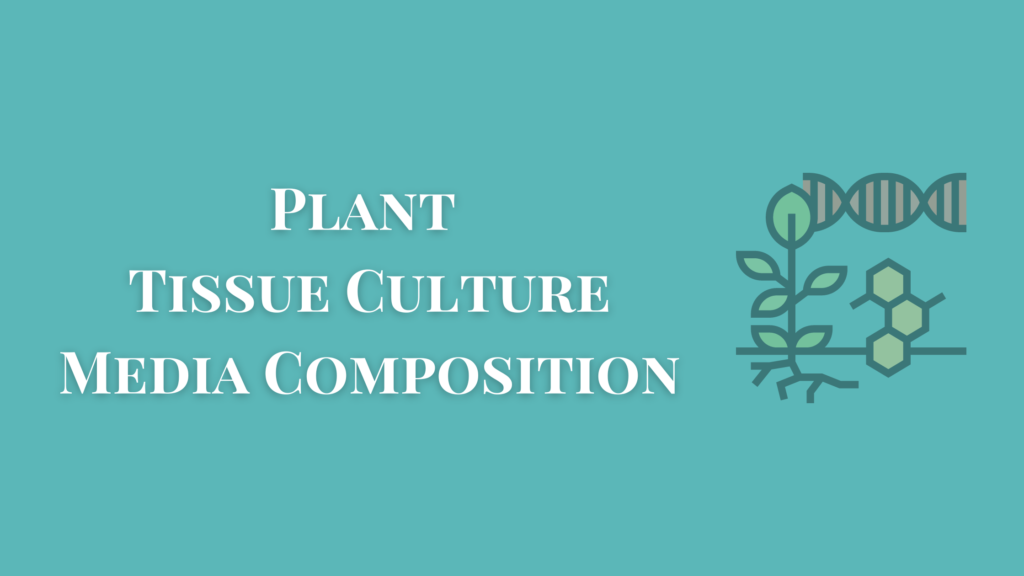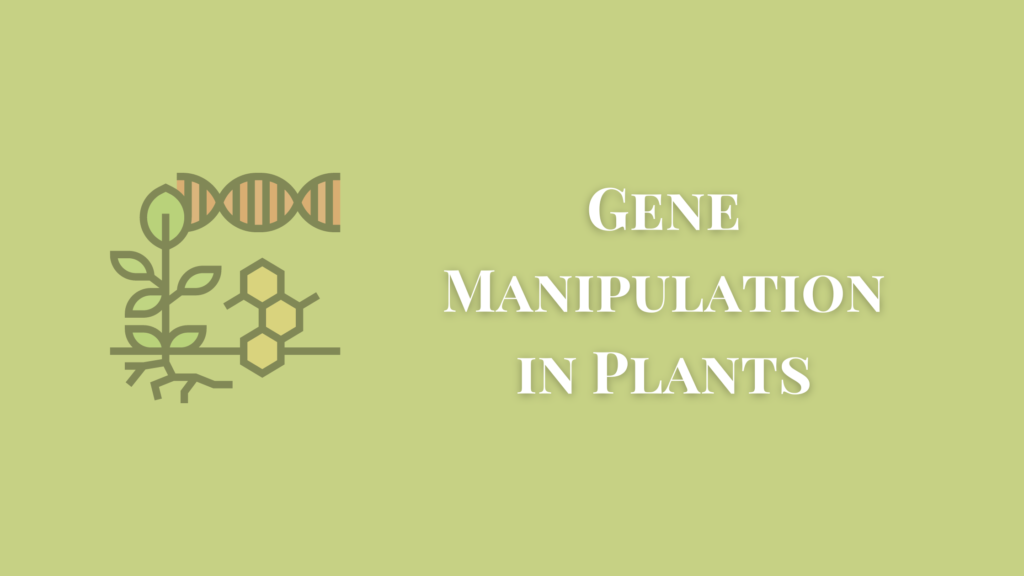Definition of Somatic Hybridization
Isolated protoplasms are used for biochemistry, physiology, and gene expression in plants. Sometimes the protoplasts of two different species are induced to fuse to get a hybrid protoplast called somatic hybrid. This process is called somatic hybridization. The main application of somatic hybridization is crop improvement.
This somatic hybrid or the fused protoplast comes from two different strains leading to the formation of a complex structure. The newly formed complex structure has the genomes and organelles of both the parent protoplasts.
The somatic hybrid will initially have two nuclei of which one nucleus is degenerated. The genes of both parent protoplasts undergo some rearrangements and begin new recombination of genes in the somatic hybrids.
Even though somatic hybridization is considered a type of asexual reproduction, the product contains the genome of different parents, unlike the conventional result of only the maternal parent.
Steps of Somatic Hybridization
Following are the essential steps of the somatic hybridization technique.
- Isolation of protoplasts from plant parts such as roots, leaves, stems, fruits, pollen mother cells, etc.
- Fusion of protoplasts using different methods.
- Culture of protoplast that is newly formed to grow plants.
- Selection of hybrid cells from the new plants, based on various selection methods.
Isolation of Protoplast
The protoplasts of the chosen cell of the desired parent plants are isolated mechanically or enzymatically.
- The mechanical method uses a plasmolyzing solution to incubate the cells and cut them using sharp knives. This is an old method that is tedious and applicable only to vacuolated cells.
- In the enzymatic method of protoplast isolation, the cell walls of the chosen cells are broken using enzymes such as cellulase, hemicellulose, and pectinase.
Fusion of Protoplasts
Four methods result in the fusion of the protoplasts.
- Spontaneous fusion of protoplast occurs during the enzyme treatment. When they are treated with enzymes, the protoplasm of one cell passes through the plasmodesmata to reach the other cell and fuses.
- Induced fusion methods use chemical agents to attract the protoplasts leading to their fusion. Sometimes, chemical agents are necessary for the fusion since the enzymes could cause the protoplasmic surface to acquire negative energy. Due to this energy, the protoplasts repel each other. Chemicals are used to nullify this negative charge and help them fuse.
- Chemofusion uses calcium ions, polyethylene glycol (PEG), or sodium nitrate to induce protoplast fusion. The protoplasts are immersed in PEG solution for about 30 minutes and then treated with a culture medium with high calcium ions.
- Electrofusion is when the protoplast suspension is subject to a low-strength electric current for a fraction of a second.
Protoplast Culture
The fused protoplast is then transferred to an appropriate growing medium. The medium can be a semi-solid or liquid medium with adequate ingredients for the proper growth of the plant.
Selection of Somatic Hybrids
Once the protoplast is grown in the medium and becomes a plant, it is subject to various analytical processes to select the most viable ones. Some of the popular selection methods used are cytological analysis, molecular techniques such as isozyme and DNA analysis by RFLP, RAPD, SSR, AFLP, etc., GISH (Genomic In situ Hybridization), and FISH (Fluorescence In Situ Hybridization).
Difference between Hybrids and Cybrids
The fusion of protoplasts can produce hybrid or cybrid cells. In the case of hybrids, the protoplasmic fusion is followed by a nuclear fusion as well. But sometimes, these nuclei do not fuse and one nuclei of any one parent is eliminated in the subsequent developmental stages. Thus a cybrid cell is produced with the nuclear genome of any one partner and the cytoplasm of both the parents.
What is Cybrid?
Cybrids are the result of the elimination of the total genome of one parent after the fusion of two protoplasts. Even if one parental nucleus completely disappears, the cytoplasm of the two parental protoplasts stays hybridized. Such fusion products are called cybrids cytoplasmic hybrids or heteroplasts.
The fused protoplasts may be homo or heterokaryon. Heterokaryons are formed by the fusion of dissimilar parental protoplasts which is the usual result of somatic hybridization. Cybrid formation can be a natural process or an induced one.
Protoplast Inactivation and Cybridization
By Using X-rays or Gamma Rays at Lethal dosages
Treating the nucleus with lethal doses of gamma or x-rays can damage the nucleus thus rendering the protoplast inactive. These inactive protoplasts could still be used as a donor for fusion of protoplasts.
Treating with Iodoacetate
Pretreatment of the protoplast with iodoacetate will cause metabolic complementation of the other non-treated protoplast, giving way to a viable cybrid formation. Such protoplasts are useful to make cybrids with irradiated protoplasts.
By Enucleation
Centrifuging protoplasts for 45-90 minutes at a speed of 20,000 to 40,000 x g, in an iso-osmotic gradient will lead to an enucleated protoplast. The same could be done after treating the protoplasts with cytochalasin B.
Using Cytoplasts
Cytoplasts are fragments of protoplast, sub-protoplasts, or mini-protoplasts that do not have a nucleus. These anucleate fragments are incapable of regeneration and can be used for cybridization.
Application of Somatic Hybridization
- Somatic hybrids have been used in crop improvement by developing disease-resistant, herbicide-resistant, varieties.
- It helps the species to overcome sexual incompatibility and other conventional breeding barriers.
- One of the best ways to propagate sterile plants.
- Somatic hybridization can produce fertile interspecific diploid plants, even in graminaceous crops.
- Helps develop abiotic stress-resistance plants belonging to Poaceae, Fabaceae, Solanaceae, and Brassicaceae, against frost and cold.
- Develop resistance to bacterial wilt in vegetables belonging to Solanaceae. Eg., The somatic hybrid between Solanum melongena and S. aethiopicum.
- Plants could be hybridized to develop quality characters. For example, Brassica napus and Eruca sativa can be hybridized to form a variety that produces less erucic acid.
- It can be used as an alternative to produce tetraploids.
- Sterile plants can be used for somatic hybridization to produce fertile diploids or polyploids.
Applications of Cybrids
Cybridization can be used for generating alloplasmic lines having the nucleus of one parent and cytoplasmic constituents of another. It could be used to transfer characteristics such as cytoplasmic male sterility. Develop herbicide-resistant varieties by donating the resistant cytoplasm or nucleus to the recipient crop species.
Limitations of Somatic Hybridization
- The products of somatic hybridization could become sterile, unstable, or deformed.
- It needs efficient regeneration of the protoplast to get successful results. So the fusion of unrelated species could be risky.
- There is a lack of efficient methods of selection of the protoplasts.
- There are chances of developing a chimeric callus instead of hybrids due to the non-fusion of nuclei, leading to separate divisions.
- Unintentional somatic hybridization of two diploids can form an amphidiploid that is usually unfavorable.
- Protoplast culture could show poor genetic stability.
- Only fertile hybrids could be used for further breeding programs.
- The newly generated species needs to be backcrossed to develop new varieties, successfully.
- Somatic hybridization is not compatible with all plants.




